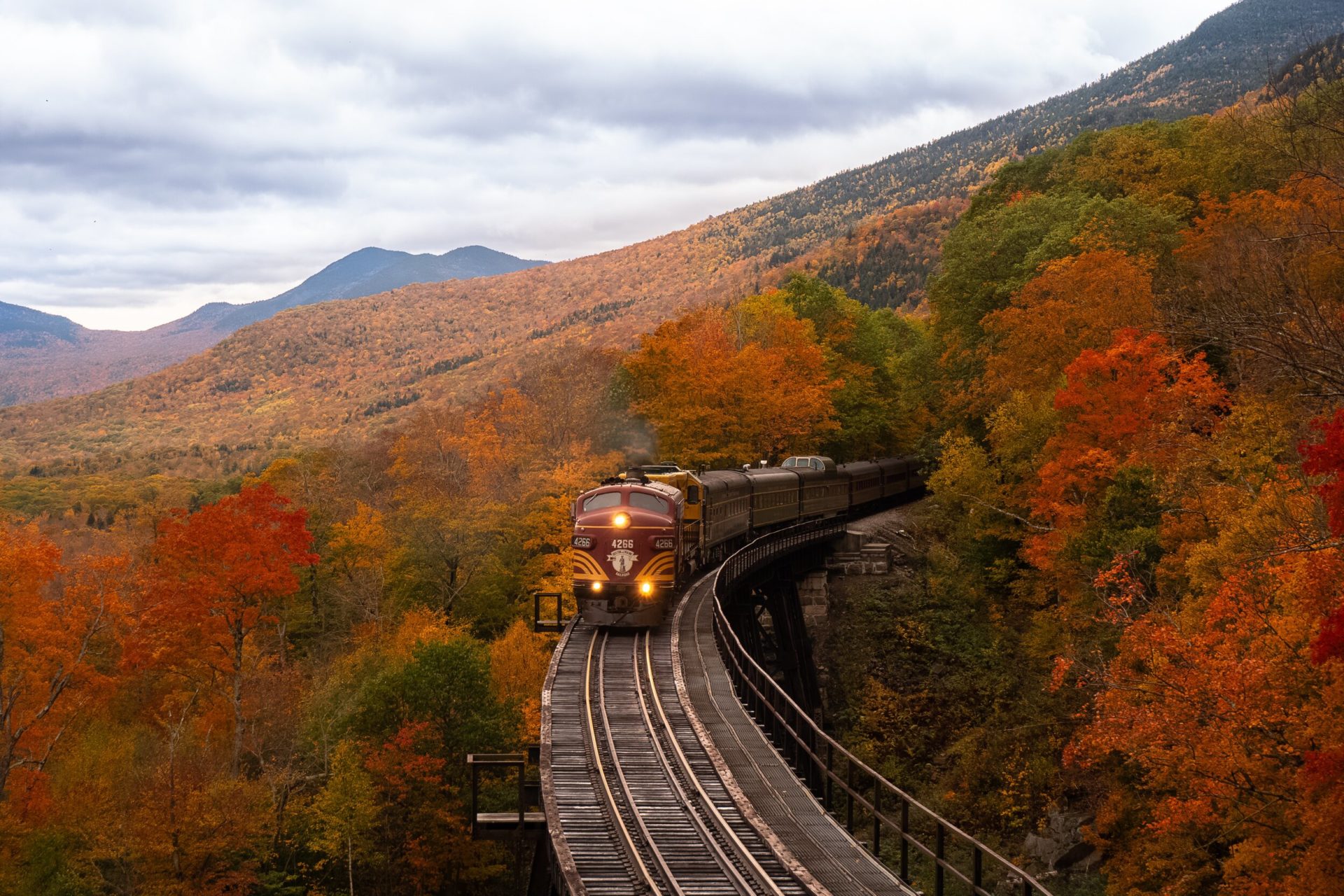
The United States does a poor job at building rail transit cost-effectively and quickly. As the Eno Center has documented, U.S. taxpayers pay a premium of nearly 50 percent on a per-mile basis to build rail transit compared to our global peers. Tunneled projects furthermore take nearly a year and a half longer to build than abroad. The U.S. is in desperate need of repair.
And now, billions and potentially trillions in federal dollars for new infrastructure are on the horizon. Last week, the group of bipartisan senators unveiled the legislative text for $550 billion in infrastructure funding. Broken down by category, the bill allocates $110 billion for building roads, bridges, and other major projects, $73 billion for renovating the power grid, $65 billion for improving broadband, $40 billion for major repairs, and other smaller pots of money for other projects like environmental protections and election vehicles.
No doubt, this level of funding is an opportunity for transformative, once-in-a-generation change to our nation’s outdated infrastructure. However, as it stands now, Congress and the Biden Administration risk pouring more money down a bottomless bucket.
The climate crisis only raises the stakes. To reduce greenhouse gases and other harmful emissions from excessive automobile reliance, the U.S. needs to massively increase rail transit deployment. That means giving more residents convenient and affordable access to light, heavy, and high-speed rail systems, and doing so quickly and cost-effectively. These projects also need to serve compact neighborhoods that allow more people to easily walk, bike, scooter, or shuttle to rail stations without needing a car.
Fortunately, our federal leaders have an opportunity to make sure that these new dollars don’t fund the mistakes of the past. But only if they attach the right strings to the money.
First and foremost, the new infrastructure funding must include measures that prevent local transit agencies from “over-designing” projects to appease narrow interests with counter-productive and costly concessions. Too often local leaders design projects expensively but with limited benefits – such as with custom stations demanded by constituents or employing tunnel boring or elevated tracks to avoid inconveniencing surface travelers. Biden’s infrastructure bucks should instead require cost-effective design, with standardized stations and cut-and-cover construction under streets, as opposed to more expensive and slow tunnel bores.
The Biden administration must also ensure optimal rail transit routes to boost ridership and overall utility and cost-effectiveness. Too many local leaders choose rail routes that avoid populated areas to appease residents but that leave projects with weak ridership. Federal dollars should instead require that local leaders select routes that are the most optimal for boosting ridership, along with demonstrated local land-use rules around stations that allow for more transit-friendly development. Even if these routes are more expensive to build than a track through low-density areas or in highway medians, the ridership gains and overall utility to taxpayers should be paramount.
Streamlining federal permitting is a key step in making sure that all infrastructure projects are not bogged down in red tape. Arduous environmental reviews and lack of multi-agency coordination can greatly slow project permitting and often lead to worse outcomes and delayed delivery. Biden dollars should incentivize advance meetings and coordination among all agencies involved.
The dollars should also come with streamlined environmental reviews, such as exemptions from analysis on impacts, not all that relevant to environmentally beneficial rail – like traffic, air quality, and noise. For other projects with potential environmental impacts, they should be subject to an expedited litigation timeline to resolve disputes, as California recently pioneered with its state environmental law. In addition, federal leaders could allow select projects that meet certain criteria – such as greenhouse gas emissions and reduced vehicle miles traveled – to be fully exempt from environmental review.
Infrastructure projects require a skilled construction team, which means that smart procurement of contractors is a must. Many rail projects bog down because of poorly structured construction contracts, along with weak and inefficient oversight. Federal dollars should place a maximum on contract size to break up the work on large projects among smaller and more competitive firms. They can therefore reduce the “too big to fail” contractor leverage that many companies have over transit agencies.
Furthermore, federal dollars should also give transit agency staff more flexibility on construction oversight. In the world of infrastructure construction, it is not unheard of for builders to need authorization for even the most arbitrary decisions – like the color of paint. More autonomy, along with improved training, will ultimately empower qualified staff members to make on-the-spot project management decisions to expedite construction and save money.
For all these goals to be accomplished, the federal government needs to help local transit agencies speed construction to save time and money without sacrificing safety. Slow construction timelines result in significantly increased project costs, while frustrated residents must wait years or even decades for projects to finally open to the public for service. Biden bucks should require 24/7 construction to shave potentially years off construction timelines. This provision could entail allowing local leaders to waive requirements such as night-time restrictions due to noise. The temporary disruption is well worth the quick payoff.
As with many seemingly intractable problems, no single solution exists to cure the United States of its poor track record on rail transit project delivery. But Congress and the Biden Administration can make significant headway solving our transit problems by taking the steps outlined here. With substantial federal money finally on the table for our chronically underfunded public transit system, they now have the leverage to introduce long-overdue reforms to how rail projects are designed and built. Our climate crisis and mobility needs depend on it.






